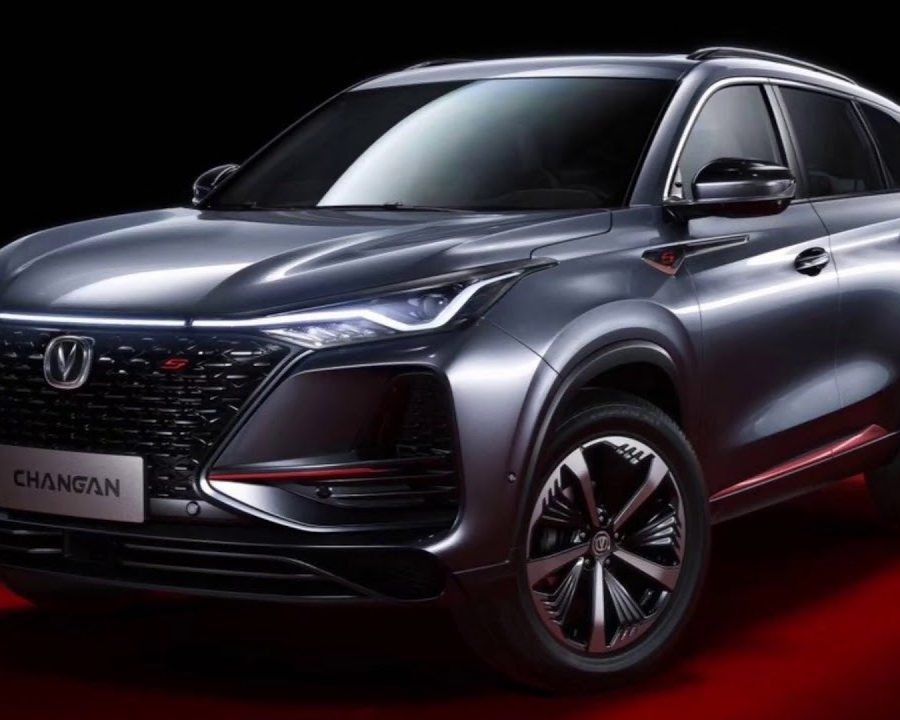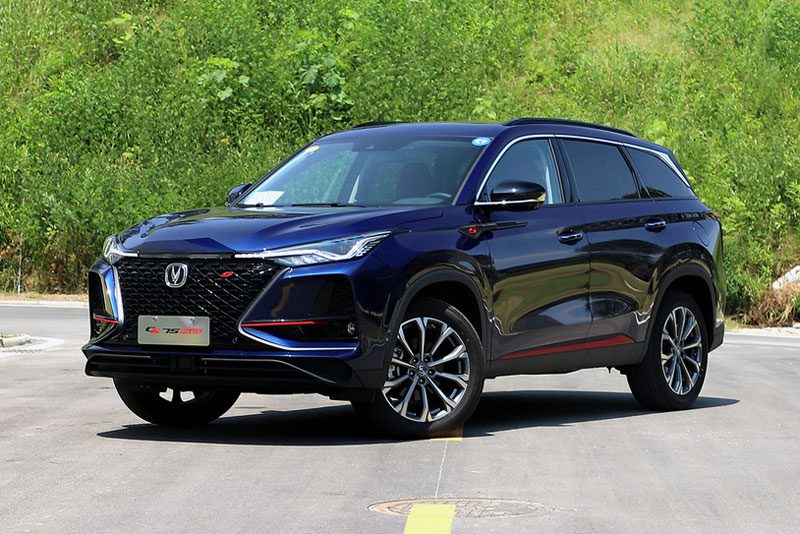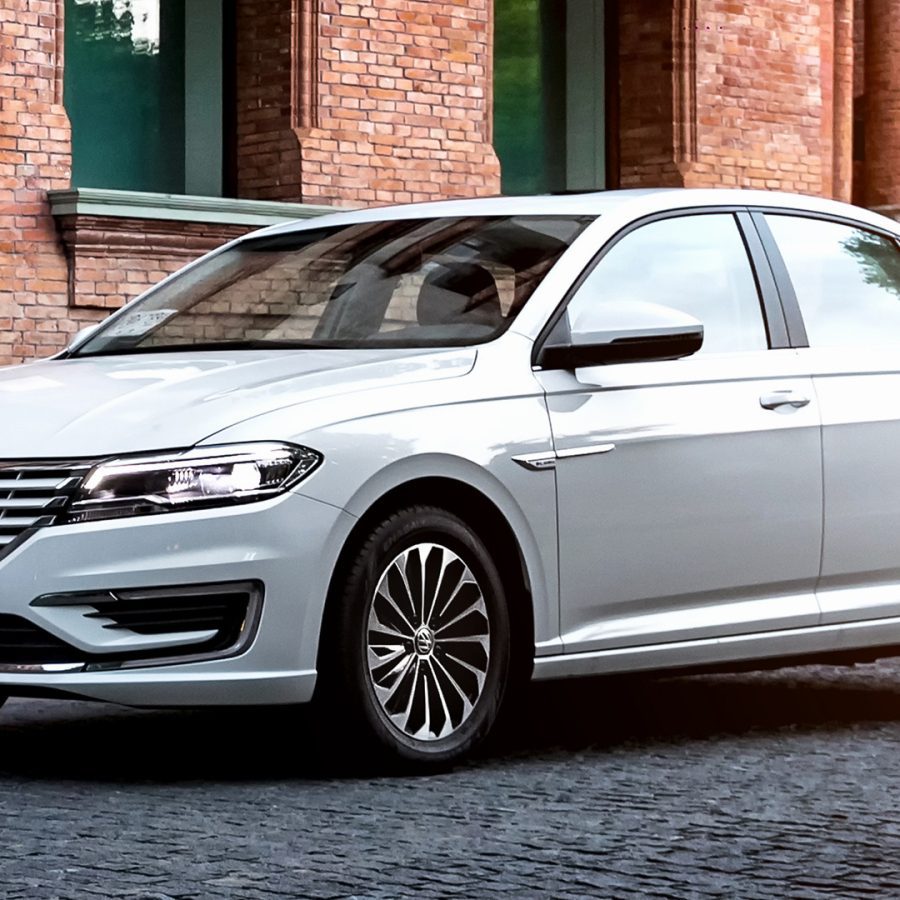2020 China Automotive Sales Research
2020 was an unprecedented year for global industries, including the automotive sector in China, due to the COVID-19 pandemic. The pandemic, which originated in Wuhan, led to widespread lockdowns in the first quarter of 2020. This severely impacted vehicle production and sales during the early months, with automakers and dealerships facing reduced demand and logistical challenges. Post the initial setback, China's automotive market witnessed a robust recovery in the latter half of the year. By the end of 2020, monthly sales figures were returning to pre-pandemic levels, and China's recovery was faster compared to other major global markets. After the slowdown in 2019, New Energy Vehicles (NEVs) saw a strong rebound in 2020. Policies promoting green vehicles, coupled with the introduction of newer and more appealing models by automakers, drove this surge in sales. Tesla's Shanghai Gigafactory played a pivotal role in the electric vehicle (EV) market with its Model 3. Apart from Tesla, domestic electric vehicle brands like NIO, XPeng, and Li Auto began to gain more traction and attention in the market, backed by significant investments and innovative products. There was a notable shift in consumer behavior due to health concerns. A preference for personal vehicles over shared transportation emerged, driven by safety concerns associated with the pandemic. The automotive industry, which relies on intricate global supply chains, experienced disruptions, especially during the early stages of the pandemic. While these were largely resolved by the latter half of the year, it prompted discussions on supply chain diversification and localization.











